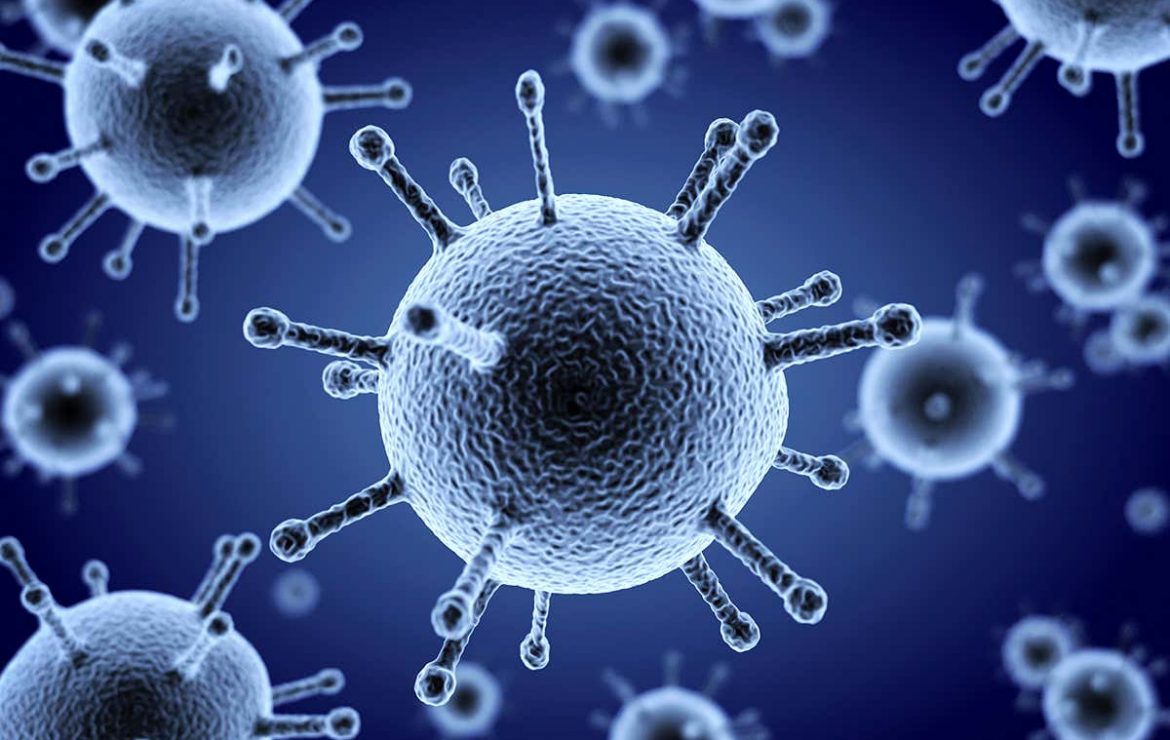Influenza is caused by strains of the influenza virus, and these viruses can be dangerous, because they mutate and change their shape over time, requiring the development of new vaccines annually to fight the new strains as they develop.
In addition, it is important to take daily preventative measures such as washing hands, according to an expert from the renowned Cleveland Clinic.
Dr Sharif Benjamin Massad, an infectious diseases expert at the Cleveland Clinic, said that all strains of the influenza virus have similar symptoms, with fever, headaches and cough as the main 3 symptoms.
The World Health Organization (WHO) recently pointed out a rise in influenza activity in many countries, explaining that public health measures taken to limit the transmission of “Covid-19” also reduced the activity of influenza viruses, however, after these measures were removed these viruses could move more easily.
Furthermore, the CDC indicated an increase in seasonal influenza activity.
In addition, Dr Massad said that there are 3 types of influenza virus families that infect people, which are influenza A, B, and C viruses. The most common and dangerous are the A and B families, while C viruses cause mild illness in humans and animals, as they are similar to the common cold, however, common influenza tests cannot detect them.
Influenza A viruses are the most widespread, causing seasonal and global influenza pandemics.
Influenza A viruses can affect both humans and animals, and they were responsible for the Spanish flu pandemic that hit Europe in 1918, and the “swine flu” (H1N1) pandemic that hit regions around the world in 2009.
On the other hand, influenza B viruses only affect humans and do not spread to the point of epidemics, and they are the most likely reason for getting sick later in the flu season.
How do vaccines keep up with virus mutations?
According to Dr Massad, there are two types of influenza virus mutations: the first is “antigenic drift”, which represents the small changes happening in the shape of the influenza virus each year, and this type of mutation is the cause of the annual influenza pandemic.
The second type is “antigenic shift”, which represents a “tidal wave” of mutations happening in the influenza virus, where humans are infected with new strains of influenza coming from animals, especially swine and birds.
“This is what happened in 2009 with the H1N1 swine flu virus, it was a completely new virus to humans, so no one had ever built up any immunity against it”, Dr Massad explained.
WHO annually monitors trends in virus mutation to determine which strains of influenza are most common, and then each country decides which viruses should be included in the licensed influenza vaccines they make available to their populations.
Following these decisions, influenza vaccines are made and used to protect individuals from what experts expect to be the most common influenza A and B viruses during the current influenza season.
Prevention
In addition to being vaccinated, Dr Massad recommends following these steps to prevent infection and stay healthy during the flu season:
• Take care of hand hygiene and wash them with soap and water, and if soap is not available, you can use an alcohol-based hand sanitiser.
• Avoid close contact with people who look sick, especially if they have a fever.
• Avoid approaching patients.
• Avoid touching your eyes, nose and mouth before washing your hands.
• Eat nutritious food, exercise and get enough rest.
• Consider taking a multivitamin supplement, and possibly a vitamin D supplement, to boost your immune system.
References: Cleveland Clinic













